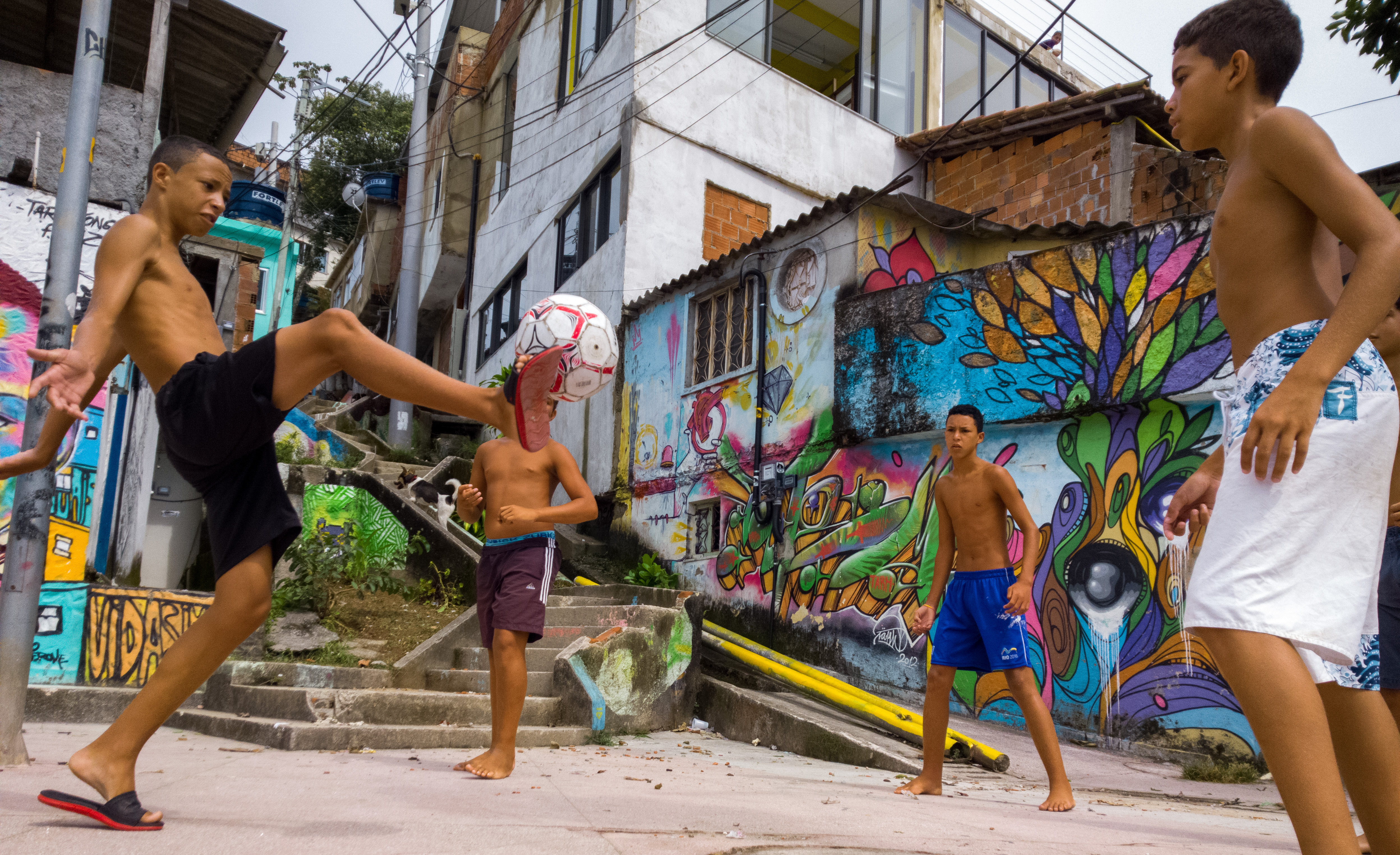Here’s a very abbreviated history of photography. The oldest surviving photograph dates back to 1826 and was created by French inventor Nicéphore Niépce. A colleague of Niépce, Louis Daguerre, refined the chemical process of photography, making it more widely accessible. George Eastman made the first truly portable camera, called the “Kodak,” in 1888; in 1948, Edwin Land introduced the Polaroid Model 95, which combined portability and instant photography. From there, it’s a hop and a skip to the introduction of the first digital cameras in the late 1980s, and then to the late 1990s, when cameras were first added to mobile phones.
Some of this might have occurred to National Geographic photographer Stephen Alvarez as he and fellow photographer John Burcham made the two-week trek up Mount Everest in April 2014, carrying only the essentials and a pair of Lumia smartphones. It’s more likely, however, that he was thinking how lucky he was to not need to schlep a five-pound, professional-grade DLSR up the world’s steepest incline.
“The digital jump didn’t surprise me so much, but the miniaturization of cameras into telephones I never really saw coming,” said Alvarez, relaxing at his home in Tennessee. “Now, when I have to go back to the big DSLRs for work, I sometimes forget how huge they are. I mean, just how gargantuan is a pro DSLR with a lens on it? They’re great imaging devices, but at the cost of an awful lot of weight and an awful lot of money.”
Phoning it in
See some of the most beautiful places on earth through the lens of Stephen Alvarez.
Alvarez knows a few things about shouldering that weight. The 50-year-old has been shooting for magazines pretty much continuously since graduating from University of the South in 1987; he’s been working with National Geographic for 20 years. He’s carried heavy equipment up mountains, through jungles and deep into caves, and felt lucky to do it.
So, when National Geographic asked him to photograph the Seven Natural Wonders of the World using only Microsoft smartphones, he probably didn’t give a second thought to the seeming magnitude of the assignment. Alvarez probably didn’t take a moment consider the tools he was asked to use, or to consider just how much photography has changed in only two decades. And he shouldn’t have to.
“The equipment’s obviously the most important and the least important thing,” he said. “The most important thing really is how you see. I know photographers that can make a great picture using an oatmeal box, because they see really well.”





